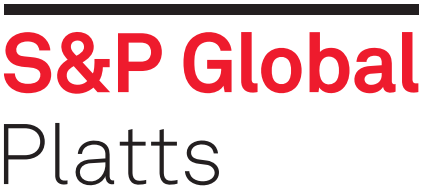
The European Commission will open its first annual Eur1 billion ($1.1 billion) call to fund large-scale renewables, clean hydrogen, energy storage, and carbon capture and storage/use projects by the end of July, according to a senior official.
The goal is to get companies to invest now in the low-carbon technologies needed for the EU to achieve its goal of being climate neutral by 2050.
The money comes from the EU’s Innovation Fund, which is funded until 2030 by selling 450 million EU Emissions Trading System allowances. It has a budget of around Eur10 billion over 10 years at current EU carbon prices.
“We want to kick-start the hydrogen economy,” Christian Holzleitner, head of the EC’s innovation finance unit in its climate action department, said in an online information session on June 5.
“We want to be the first in the world to establish carbon capture and storage or use for industry, for hard-to-abate sectors,” he said. These include cement, steel and chemicals.
The EC also wants to support innovative renewables, such as offshore wind, ocean energy, geothermal, biofuels and green hydrogen.
Successful innovative projects can receive up to 60% of their additional capital and operating costs compared with current technology for up to 10 years.
This is about closing some of the investment gap given that innovative projects’ carbon abatement costs start around Eur80-90/mt CO2 and current EU carbon prices are around Eur20-25/mt CO2, Holzleitner said.
Eligibility criteria
Only yet-to-be-built new projects with a planned total capital expenditure above €7.5 million and based in an EU country, Icleand or Norway — countries directly part of the EU ETS — are eligible to respond to the first call.
This excludes Switzerland, which is only linked to the EU ETS, and the UK, which wants to link a national system to the EU ETS after its Brexit transition period expires at the end of this year.
The first call will not be targeted within the eligible sectors.
“We want to see what projects are out there and support those that are most innovative and most ready,” Holzleitner said.
The EC may target specific sectors in later calls.
Project developers will have to submit their applications by the end of October, and will find out by February/March if they can proceed to the next stage.
The EC is looking for projects that will have significantly lower emissions than current commercial technology, and go beyond incremental innovation.
Developers will also have to convince the EC their projects can reach financial close within four years to move to the second stage.
The EC may grant projects that are not mature enough for project development assistance from the European Investment Bank, and encourage them to apply again later when more mature.
In the second stage, the EC will also look at scalability and cost-efficiency.
It plans to award grants to successful projects in the second half of 2021.
The EC also plans to have a separate call for small-scale projects — those with under €7.5 million capital expenditure — at the earliest by the end of this year.
— Siobhan Hall




